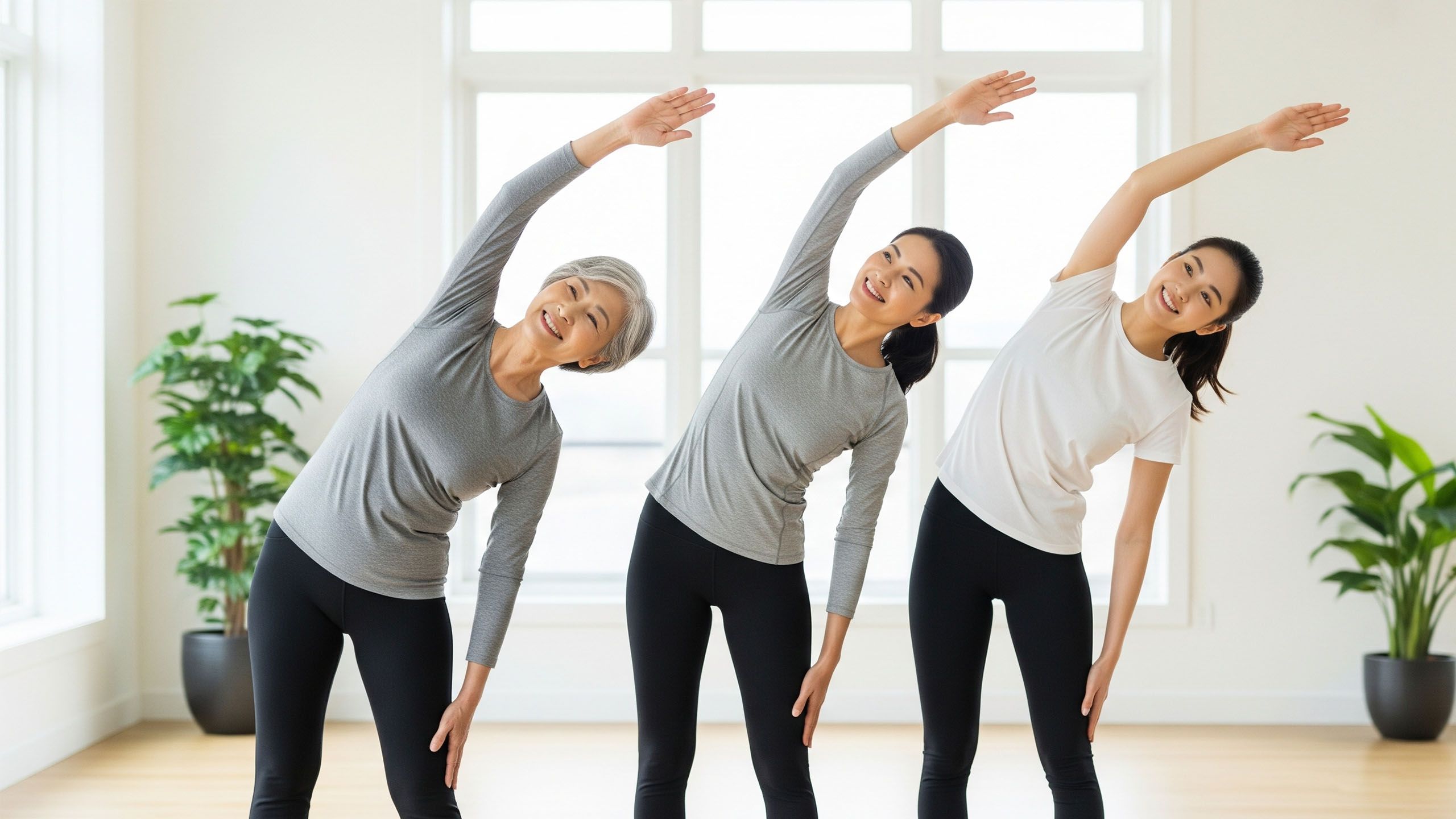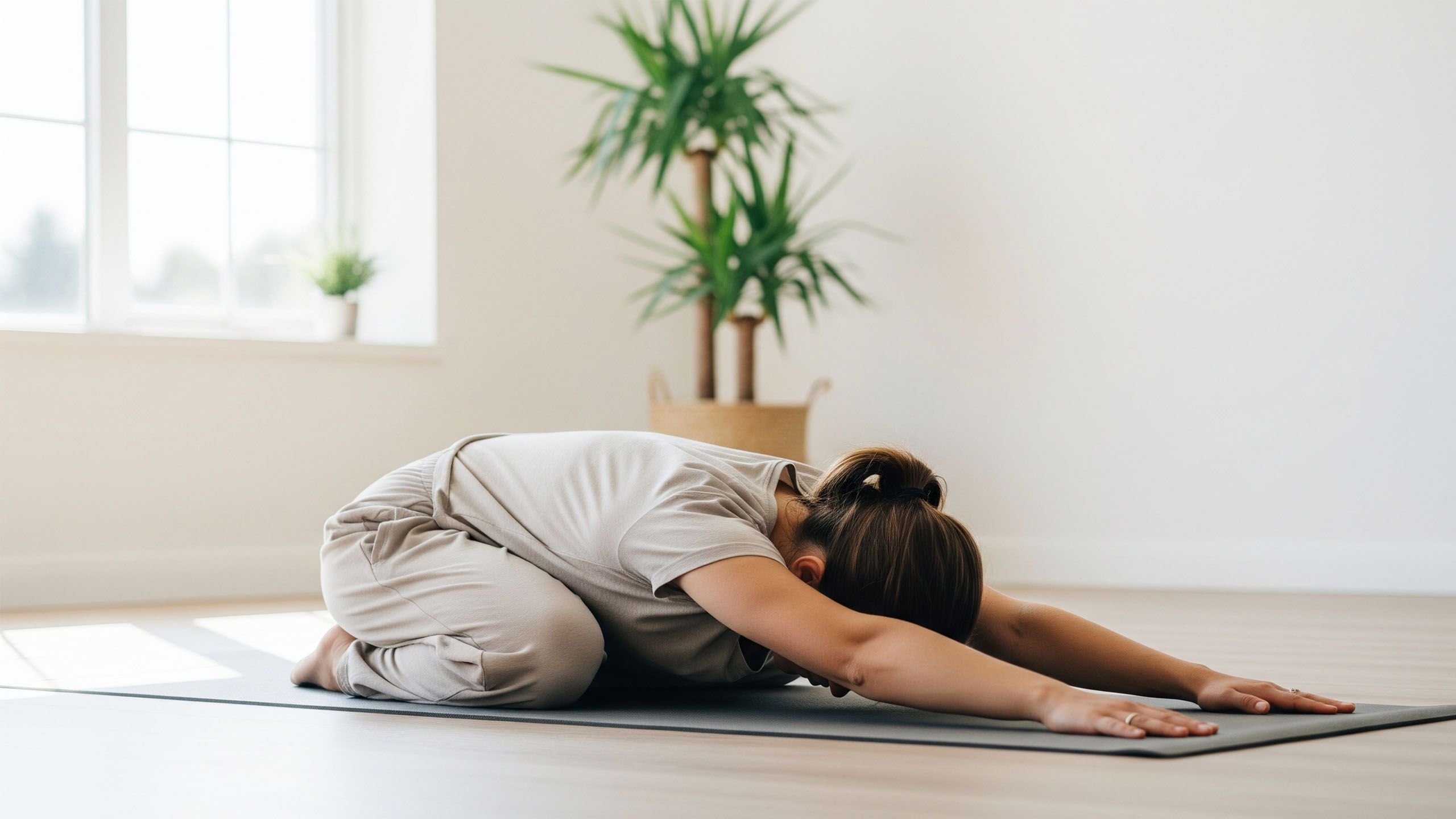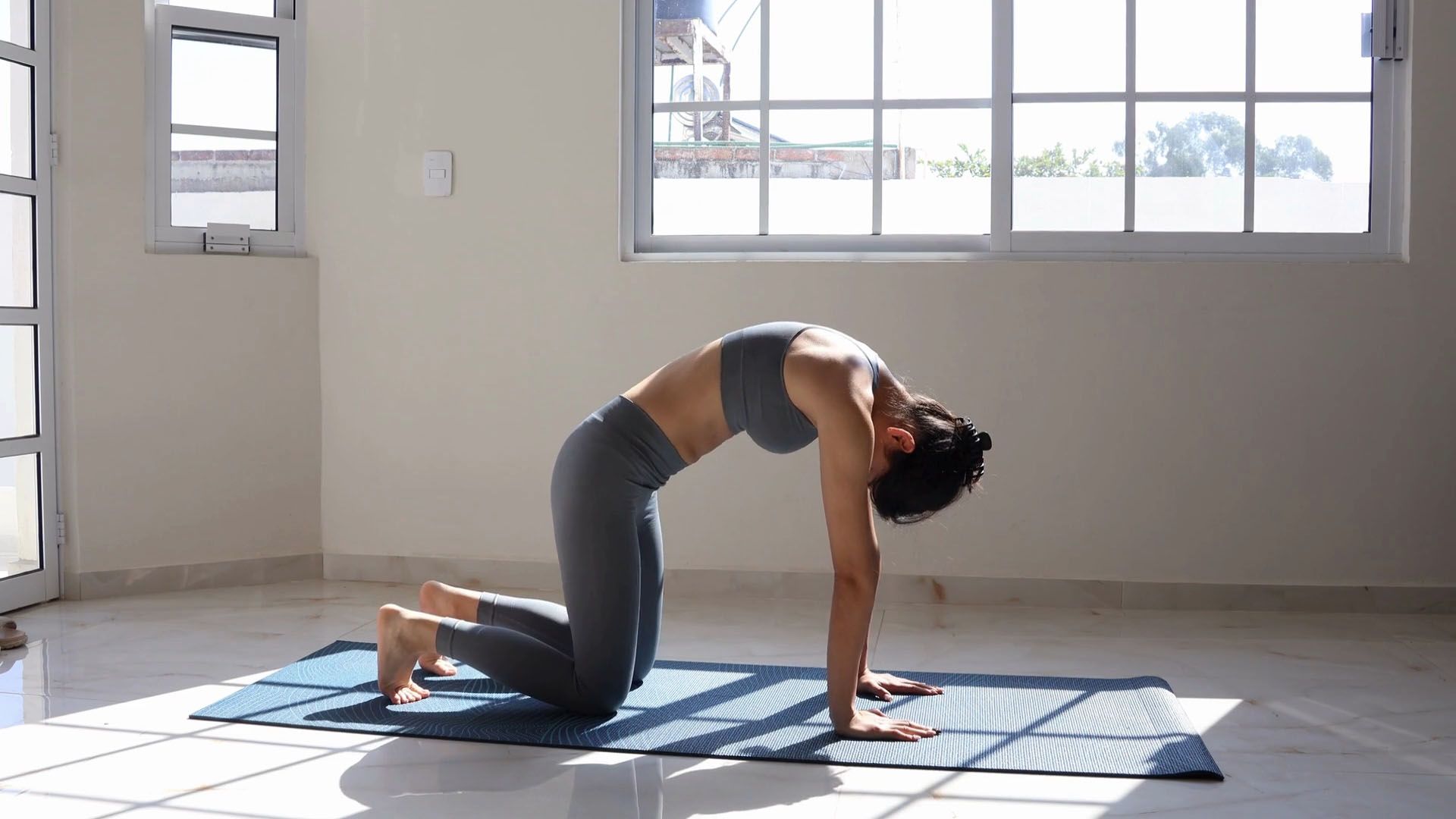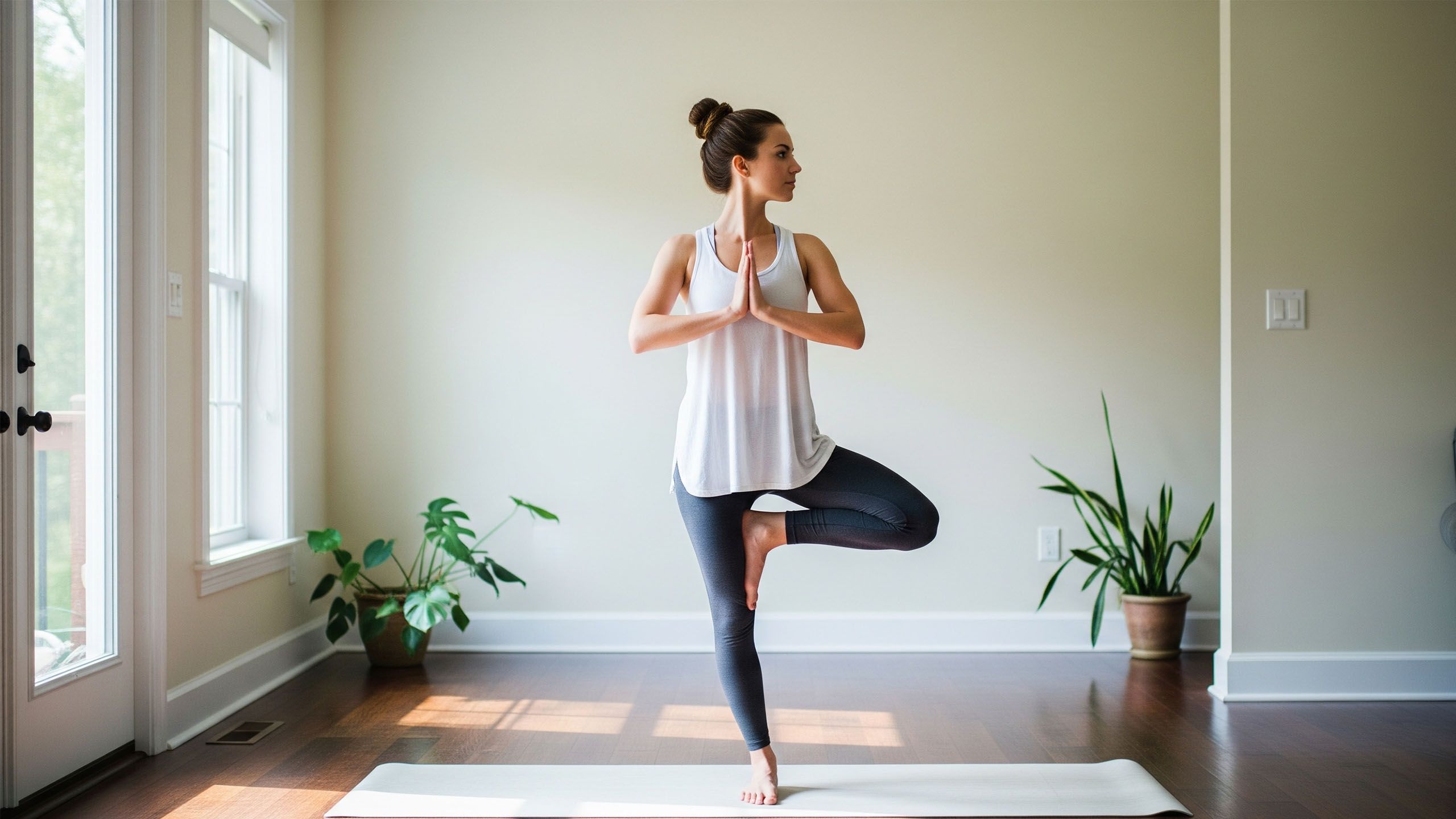How Exercise Affects Pelvic Floor and Vaginal Health

When conversations about pelvic health come up, the spotlight usually shines on one exercise: the kegel. While kegels are important, the truth is that pelvic floor health is influenced by much more than one repetitive contraction. The pelvic floor is a complex web of muscles, ligaments, and connective tissue that supports the bladder, uterus, and bowel. Like any other group of muscles, it responds to different types of movement—sometimes strengthening, sometimes straining, depending on how you move.
Exploring the role of exercise in pelvic health offers insight into how your body works as a whole. Whether you run, lift weights, or practice yoga, every choice of movement has an effect on this hidden but vital foundation.
Squats: More Than Just Glutes
Squats are often celebrated for sculpting legs and glutes, but they also recruit the pelvic floor in a big way. When done with proper form, squats encourage lengthening and strengthening of the pelvic muscles. Unlike kegels, which focus on contraction, squats involve dynamic support—teaching the pelvic floor how to bear pressure during movement.
That said, too much weight or shallow breathing can increase downward pressure, potentially stressing the muscles instead of strengthening them. Controlled form and gradual progression are key.
Running: Friend or Foe?
Running is a controversial activity when it comes to pelvic health. For some women, it’s an energizing, confidence-boosting routine. For others, it can trigger leaks or discomfort. The reason is impact: every stride sends force through the body, and if the pelvic floor is weak, it may struggle to absorb that shock.
This doesn’t mean running is harmful across the board. Strengthening surrounding muscles—the core, hips, and glutes—can help buffer the pelvic floor. Runners who combine impact activities with restorative movement, such as stretching or low-impact workouts, often find a balance that keeps their pelvic health intact.
Case Study: Finding Balance in Training
Maria, a 38-year-old recreational runner, began noticing small leaks during her long runs. Instead of giving up the activity she loved, she added Pilates twice a week to strengthen her core and practiced breath-focused yoga to improve pelvic awareness. Within a few months, she noticed reduced symptoms and felt more confident continuing her running routine.
Yoga: Breath and Release
Yoga brings attention to something many people overlook—how breathing patterns shape pelvic health. Deep diaphragmatic breathing coordinates with the pelvic floor, encouraging it to expand on the inhale and contract on the exhale. Certain postures, like Malasana (yogi squat) or Bridge Pose, are especially supportive.
But the benefits go beyond stretching and relaxation. Yoga teaches awareness. Many women first recognize tension or weakness in their pelvic floor by noticing how it feels during a pose. This awareness can be the first step toward building a stronger, more functional connection.

Pilates: Core Control at Its Best
If yoga emphasizes awareness, Pilates emphasizes precision. Known for targeting the deep abdominal muscles, Pilates also activates the pelvic floor through controlled, small movements. Exercises like the hundred, leg circles, or pelvic tilts require subtle but continuous engagement of these support muscles.
Over time, this builds endurance and coordination—helping the pelvic floor respond to everyday pressures like coughing, lifting, or sneezing. Pilates can be particularly helpful postpartum, when regaining gentle strength is often more effective than jumping into high-intensity training.
Weight Training: Strength with Caution
Lifting weights can build resilience, but it comes with a caveat. Straining under heavy loads without proper technique—especially without exhaling during exertion—creates excessive intra-abdominal pressure. This pressure pushes down on the pelvic floor, sometimes leading to prolapse or leaks.
The solution isn’t to avoid strength training altogether. On the contrary, strong muscles around the pelvis provide stability. The trick is learning breath coordination: exhale during the effort phase, maintain good posture, and increase weight gradually. With these adjustments, weightlifting can become a supportive ally for pelvic health.
| Exercise | Potential Benefits | Possible Risks |
|---|---|---|
| Squats | Strengthens pelvic floor, improves mobility | Too much weight may strain muscles |
| Running | Cardio endurance, overall fitness | Impact may cause leaks or heaviness |
| Yoga | Breath awareness, tension release | Minimal risks |
| Weight Training | Builds full-body strength, supports pelvis | Heavy straining without breathing control may harm pelvic floor |
Swimming and Cycling: Gentle Yet Effective
Low-impact activities like swimming and cycling may not seem directly linked to pelvic strength, but they have indirect benefits. Swimming builds endurance and overall muscle tone without the pounding forces of running. Cycling strengthens the hips and thighs, which are crucial stabilizers for the pelvis.
These forms of exercise are particularly useful for those who already experience pelvic discomfort, as they keep the body active without overloading sensitive muscles.
Beyond Exercise: The Importance of Balance
It’s tempting to search for the one perfect workout that guarantees pelvic floor strength, but no single movement holds all the answers. A balanced mix of strength, mobility, and low-impact training is usually the most supportive path. Just as important is learning to listen: leaks, heaviness, or discomfort are signs to adjust your routine rather than push through.
The Bottom Line
Exercise can be one of the best ways to support pelvic floor and vaginal health, but not all movements affect these hidden muscles in the same way. Squats, yoga, Pilates, and weight training can strengthen and coordinate the pelvic floor, while running, cycling, and swimming each bring unique benefits when approached with awareness.
Instead of relying solely on kegels, think of pelvic health as part of your overall fitness—dynamic, adaptable, and worth caring for at every stage of life.
Q&A: Exercise and Pelvic Floor Health
Q: Do I need to stop running if I experience leaks?
A: Not necessarily. Adjusting your training, adding pelvic floor–friendly strength work, and monitoring symptoms can allow you to continue running without issues.
Q: Are kegels enough to keep my pelvic floor healthy?
A: Kegels are helpful but not sufficient on their own. Dynamic movements like squats, Pilates, and yoga contribute to full pelvic function.
Q: Can weightlifting damage the pelvic floor?
A: Lifting with poor form or holding your breath under heavy loads can strain the pelvic floor. With proper breathing and gradual progression, weight training is generally safe and supportive.
Q: Is yoga always safe for the pelvic floor?
A: Yes, yoga is low-impact and generally safe. It also helps release tension and improve awareness of pelvic alignment.
Disclaimer: The articles and information provided by the Vagina Institute are for informational and educational purposes only. This content is not intended to be a substitute for professional medical advice, diagnosis, or treatment. Always seek the advice of your physician or another qualified health provider with any questions you may have regarding a medical condition.


 English
English  Deutsch
Deutsch  Español
Español  Français
Français 





